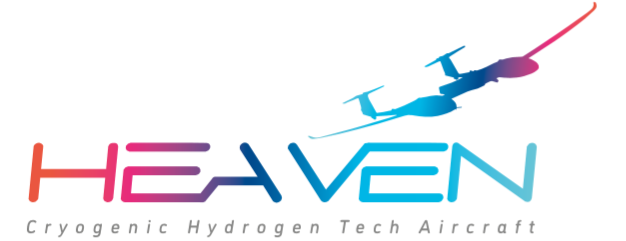The challenge of a new mobility in Europe does not only affect the large traditional means of transport (car, plane, ship). In the cities, the battle for sustainability and against the effects of climate change is also being waged.
Places like Barcelona, London, Paris or Milan show the way forward. Barcelona, for example, was one of the first European capitals to provide its neighbors with a real bike lane.
But this is not the only alternative: in the last five years we have seen the rise of e-bikes, electric scooters and single wheels, among others.
Relatively new actors such as Uber or Cabify also transform the urban landscape with their services, and there are even proposals for carsharing that also add the shared economy factor.
The car will obviously continue to exist, but it will either end up being electric or powered by hydrogen, which is the technology used by the Heaven project.
In any case, traffic restrictions in city centers are an unstoppable reality. Although the car will not disappear completely, the urban space will be redesigned and the routes optimized (let’s not forget that there will also be autonomous cars), and the bulk of mobility will depend on an orderly and efficient public transport and the alternatives that are already known.
An additional challenge is already detected in certain cities, starting with Barcelona itself: every citizen who used to take the car and now opts for the bicycle, skateboard or scooter overloads a lane that is not designed to withstand so much traffic or so much variety at the speed of mini vehicles.
These and other challenges will be on the table of municipalities and transport operators.
Hopefully, a better city awaits us.

